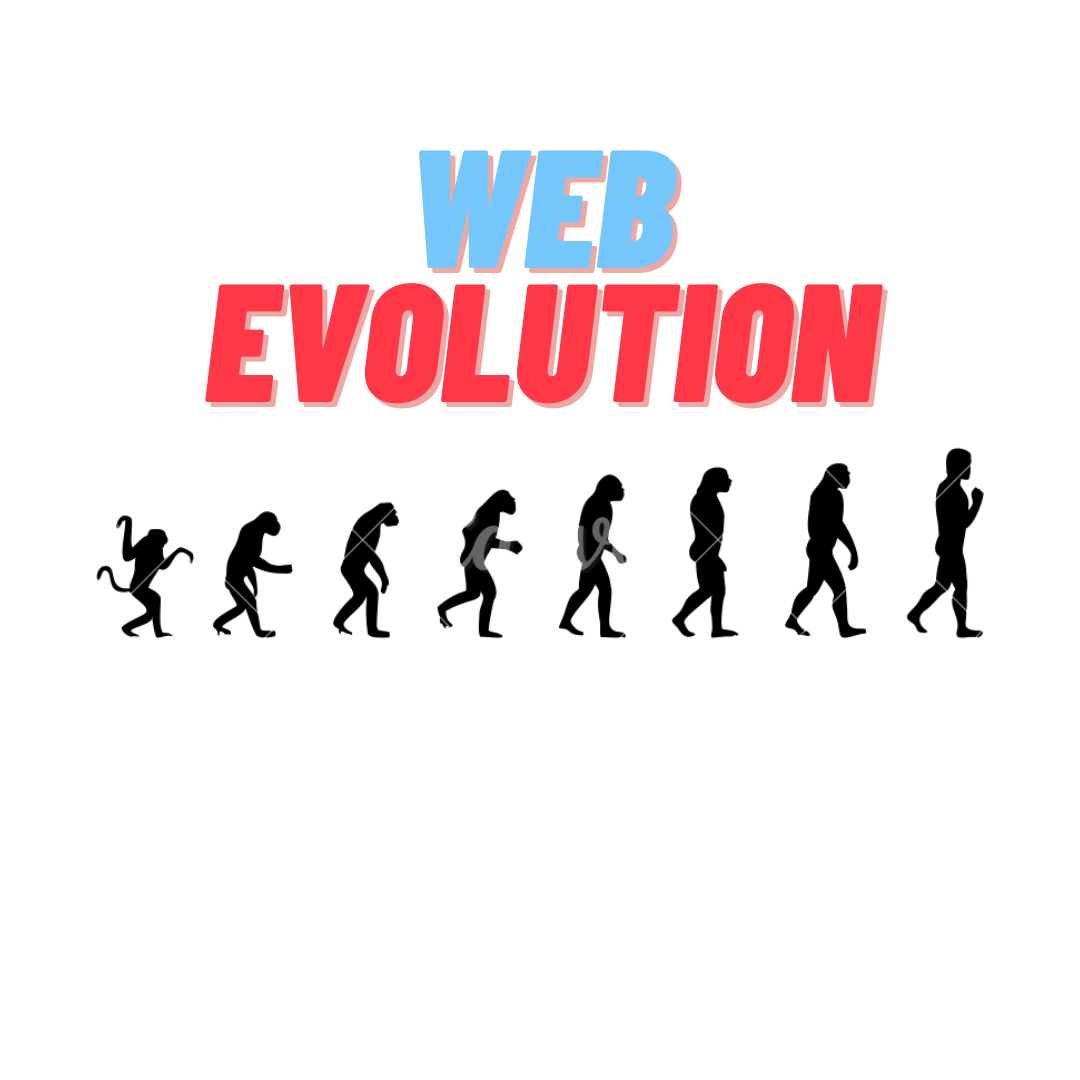
Introduction:
The landscape of web development has undergone a remarkable evolution since the inception of the World Wide Web. From simple static pages to dynamic, interactive applications, the web has transformed into a powerful platform that shapes how we interact, work, and consume information online. In this comprehensive blog post, we will explore the evolution of web development, tracing its journey from static pages to the dynamic and interactive web applications we have today.
1. The Era of Static Web Pages:
In the early days of the web, websites consisted primarily of static pages created using HyperText Markup Language (HTML). These static pages contained fixed content and lacked interactivity. Web development focused on creating and structuring the content of a webpage, along with basic styling using Cascading Style Sheets (CSS).

2. Introduction of Client-Side Scripting:

As the web gained popularity, developers sought to enhance the user experience by introducing client-side scripting languages. JavaScript emerged as a powerful tool, enabling developers to add interactivity to web pages. With JavaScript, websites could respond to user actions, validate forms, and create dynamic effects, bringing a new level of interactivity to the web.
3. Rise of Server-Side Technologies:
With the demand for more dynamic and data-driven websites, server-side technologies entered the scene. Server-side scripting languages like PHP, Node Js ,ASP.NET, and Ruby on Rails enabled developers to generate dynamic content and interact with databases. This shift allowed websites to handle user input, process data, and deliver personalized experiences.

4. Web Application Development:

The emergence of powerful server-side frameworks and libraries revolutionized web development, giving rise to web applications. Web applications are interactive, dynamic platforms that offer functionalities beyond traditional websites. Developers began building feature-rich applications with complex logic, authentication systems, and database integration. Frameworks like Django, Laravel, and Ruby on Rails made it easier to develop scalable web applications.
5. Introduction of Single-Page Applications (SPAs):
Single-Page Applications (SPAs) marked a significant shift in web development. SPAs are web applications that load a single HTML page and dynamically update the content without requiring a full page reload. Frameworks like React, Angular, and Vue.js played a crucial role in popularizing SPAs. They provided efficient state management, component-based architecture, and seamless data binding, delivering a highly interactive and responsive user experience.

6. Mobile-First and Responsive Design:

As smartphones became ubiquitous, web developers faced the challenge of creating websites and applications that provided optimal user experiences across different devices and screen sizes. This led to the adoption of mobile-first and responsive design principles. Developers began designing and developing websites that automatically adapt to the user's device, ensuring a consistent and user-friendly experience.
7. Progressive Web Applications (PWAs):
Progressive Web Applications (PWAs) combine the best features of both native mobile applications and web applications. PWAs leverage modern web technologies to deliver fast, reliable, and engaging experiences. They can work offline, send push notifications, and provide a native-like user interface. PWAs are transforming the web by bridging the gap between web and mobile app development.

8. The Era of APIs and Micro services:

The rise of APIs (Application Programming Interfaces) and micro services have had a significant impact on web development. APIs enable developers to access and integrate third-party services, databases, and functionalities into their applications. Micro services architecture promotes scalability and modularity by breaking down complex applications into smaller, independent services.
Conclusion:
The evolution of web development has been a fascinating journey, from static pages to dynamic, interactive web applications. The web has evolved into a powerful platform that empowers developers to create immersive user experiences, deliver personalized content, and connect users across the globe. As technology continues to advance.

0 Comments
Thanks